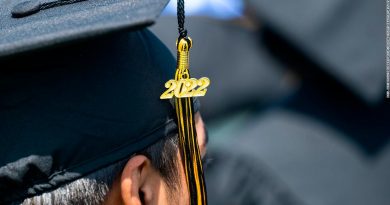Starbucks to test Cold Pressed Espresso as cold drink sales overtake hot beverages
- Starbucks plans to start testing Cold Pressed Espresso in some cafes by the end of the year.
- CEO Kevin Johnson said that cold drinks now account for more than half of beverage sales.
- The company is also gearing up to open one of its first sustainable roasting plants in China next year.
Starbucks plans to start testing Cold Pressed Espresso in some cafes by the end of the year as consumers increasingly stick to cold drinks for their caffeine jolt.
The drink was already available in Starbucks' upscale Reserve locations. Cold beverages, which are favored by younger customers, have played a crucial role in growing the chain's same-store sales in recent years. In the last three years, consumers have spent more than $1 billion on Starbucks' cold drinks.
"More than 50% of the beverages that we sell at Starbucks are cold," CEO Kevin Johnson told CNBC's Kate Rogers in an interview on "Halftime Report" on Wednesday.
Johnson predicted that after the pandemic subsides, consumers will be looking for more social interaction, which will bring them back to Starbucks cafes to buy their cold drinks. But they'll also likely still be using drive-thru lanes or mobile ordering to pick up their coffee.
The company is also gearing up to open one of its first sustainable roasting plants in China next year. With $150 million earmarked for it, the project is the company's largest investment outside of the United States and its first in Asia.
"It's this one thing that we're doing to not only reduce our carbon footprint, ultimately to get to net zero, but ultimately to store more carbon than we emit," Johnson said. "That's our long-term agenda, and we're committed to that."
Shares of Starbucks have risen 86% over the last year, giving it a market value of $129 billion. While the company's sales have been battered by the pandemic, its recovery in the U.S. and China are happening faster than expected. Next quarter, Starbucks is forecasting U.S. same-store sales growth of 5% to 10%, and Chinese same-store sales are expected to almost double.
Source: Read Full Article

